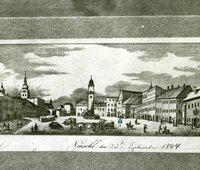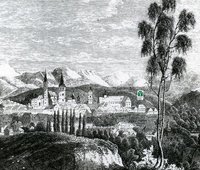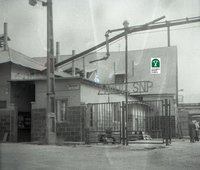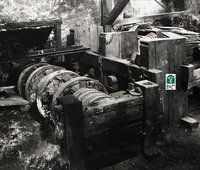The first mention of Banská Bystrica as a free royal town date back to 1255, when Hungarian king Belo IV. gave to town rights to extract raw materials and also municipal rights. Mainly copper, iron and silver were mined. Banská Bystrica developed since the granting of city rights and has been permanently inscribed not only in history of Slovakia. In 1494, the Thurzo-Fugger society was founded here. This copper plant from Banská Bystrica with its huge complex of processing plants was one of the largest and most modern in the 16th century in european mining and metallurgy. Copper plant contributed to the significant development of mining, metallurgy and transport, which affected the entire sphere of medieval life. After finishing of copper mining, production was reoriented to wood processing and paper production, the industrial revolution became the next impetus for development. In 1908, a mining right was issued for gold mining in Harmanec. Exploration shafts and various adits were dug here, but after a short period of mining, the project was closed due to unprofitability. After the outbreak of Slovak National Rising, Banská Bystrica became the political, military and administrative center of insurgent Slovakia. Currently, it is the seat of the Central Slovak Region, it is the economic, administrative and cultural center of Central Slovakia.





